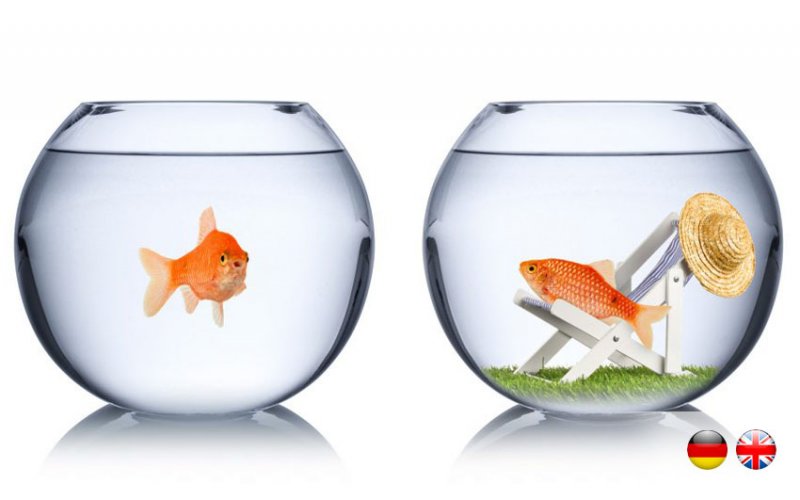On 25 January 2018 the European Commission published its report on the implementation and impact of the 2nd E-Money Directive (2009/110/EC; EMD2). In its report, the Commission, inter alia, looks at the implementation of EMD2 and its impacts. Additionally, it deals with the effects of PSD2 on the e-money business and the interrelationship between EMD2 and the 4th EU Anti-Money Laundering Directive (2015/849; AMLD4). We have created a ranking comparing the numbers of authorized e-money institutions within the EU member states.
Commission believes the creation of a level playing field has largely been achieved
Based on two studies, the Commission comes to a positive assessment, apart from a few amendments and clarifications it considers necessary. The Commission writes in its report:
The objective of the EMD2 was to remove barriers to market entry and to facilitate the take up and pursuit of the business of electronic money issuance, by creating a level playing field for all players in the market. It seems that EMD2, to a large extent, has fulfilled this objective.
Authorized e-money institutions: Reality paints a different picture
In light of this it could appear that the “planned aim“ of the Commission has been achieved and that we can now move on to the next 5-year plan. However, it is unfortunately not that simple. If you look at the annex to the Commission report, you can see that the number of authorized e-money institutions greatly differs within the EU member states. Nearly two thirds of the e-money institutions authorized in the EU are located in only three countries (Great Britain, Malta and Cyprus). For example, Malta has around 300 times as many e-money institutions as Germany, relative to its population (see our e-money ranking as list and infographics).
It may be that e-money institutions simply prefer island locations. However, how one can draw the conclusion that a level playing field has nearly been achieved in light of this disparity, remains a secret only the Commission knows. In any case, a reason for this daring hypothesis cannot be found anywhere in its report.
Titelbild / Cover picture: Copyright © fotolia




